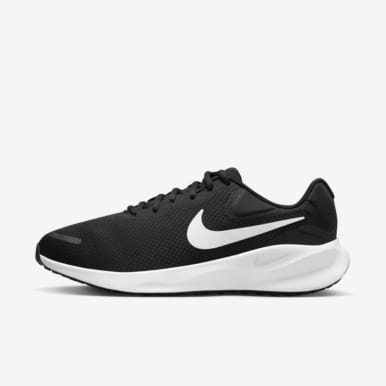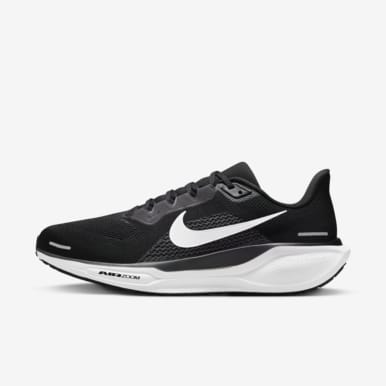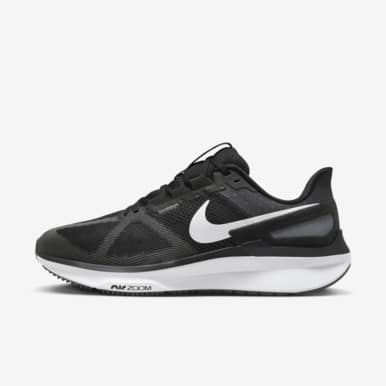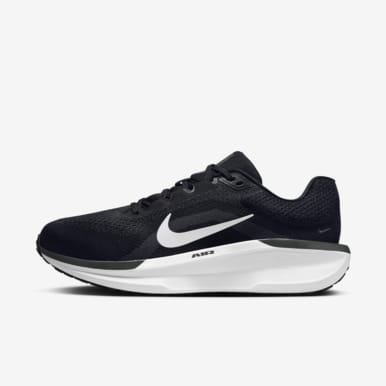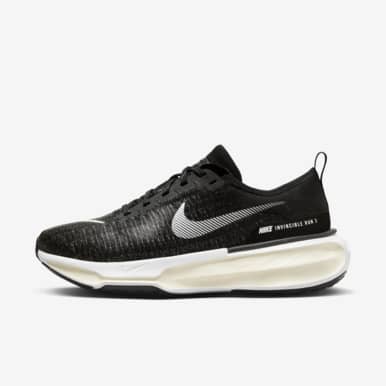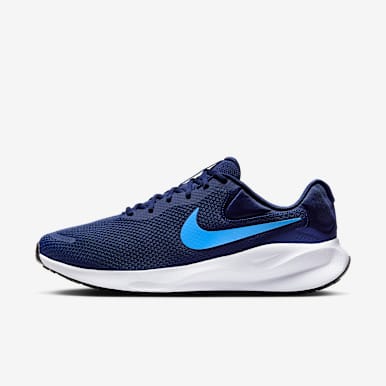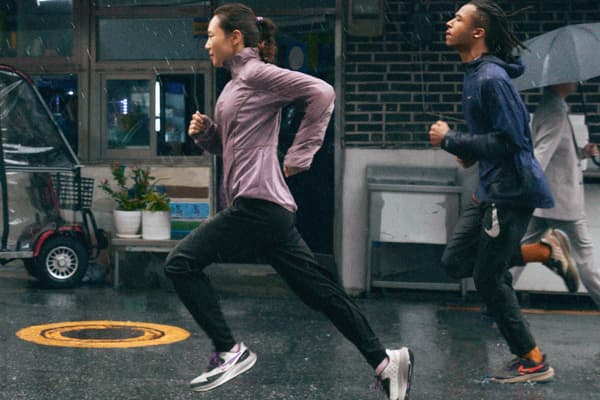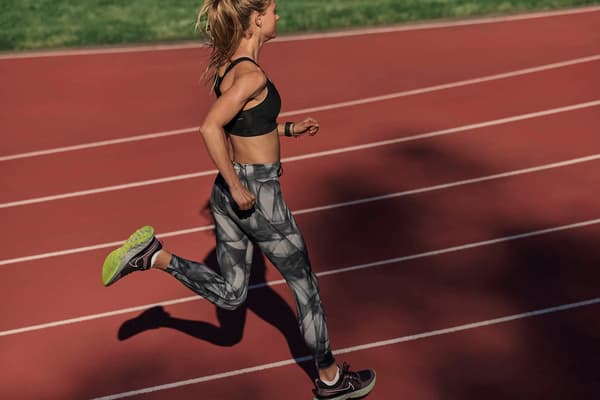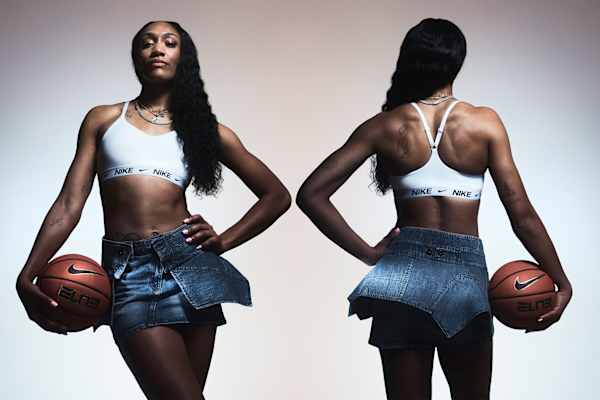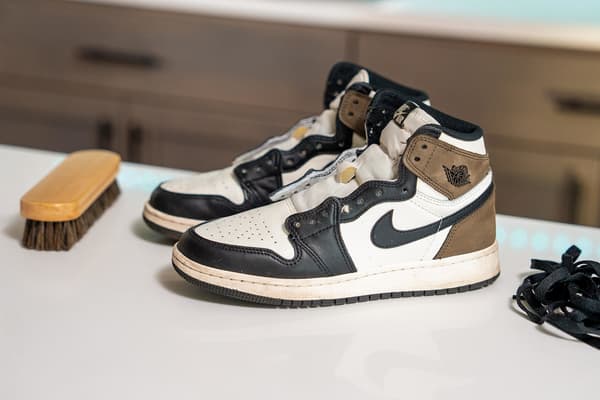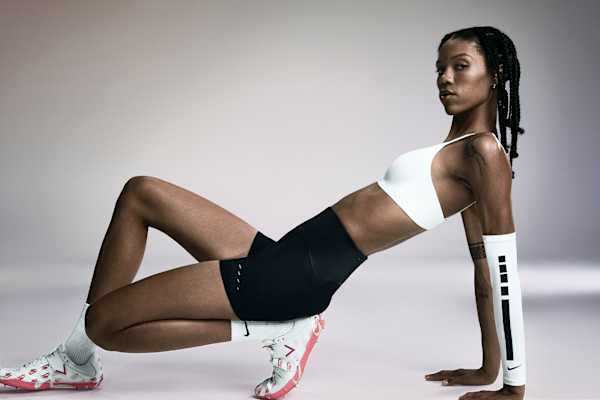Here's How to Find the Best Shoes for Wide Feet
Buying Guide
If you have wide feet, you need wide shoes. But not every shoe provider offers wide-width shoes. Here's what to bear in mind while shoe shopping.
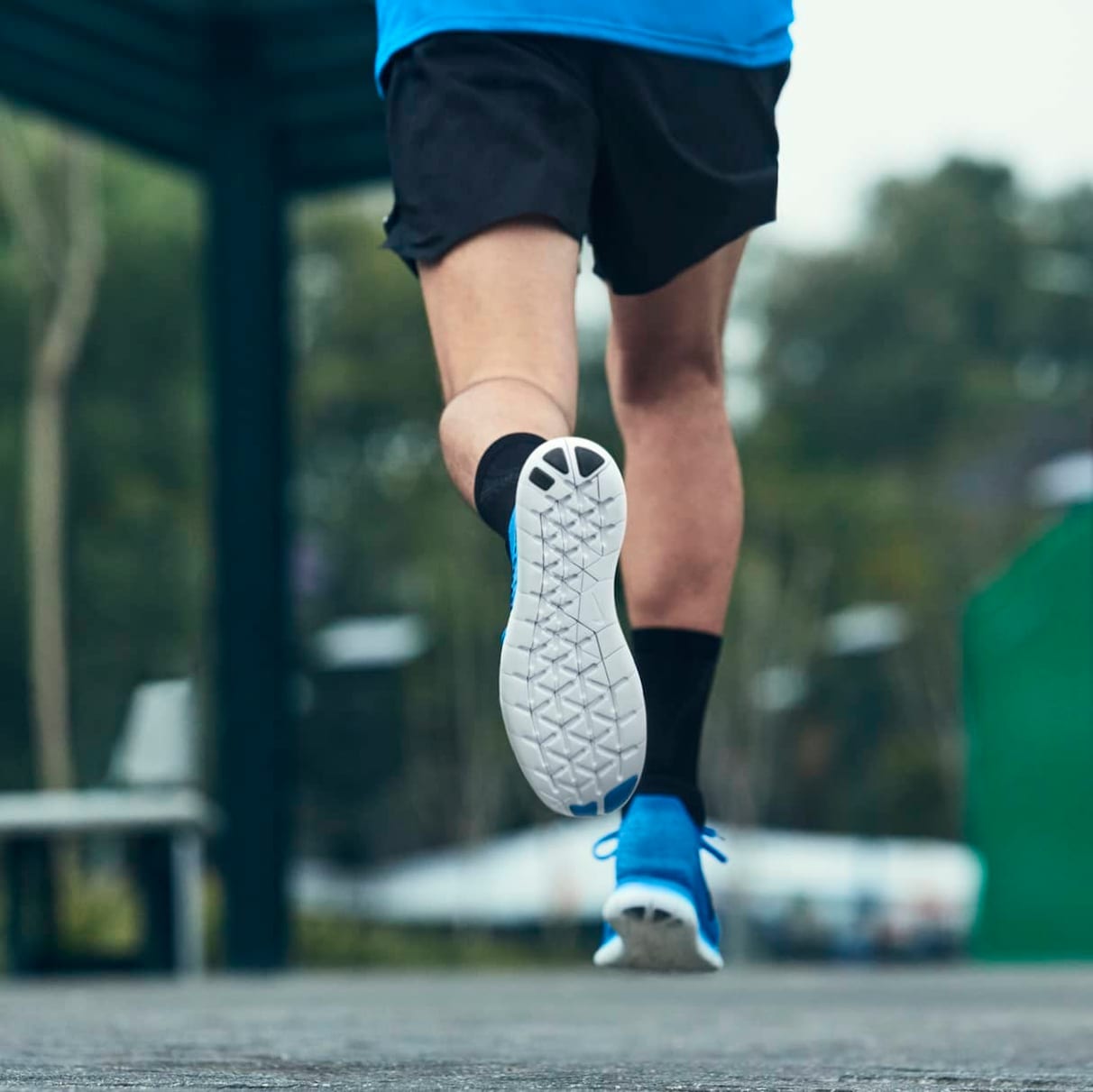
If you have wide feet, finding the correct shoe size can be a challenge. Running, basketball, athletics and most other sports and activities place substantial stress on your feet, so it's essential to take good care of them.
Here are some of Nike's best shoes with options for wide or extra-wide feet:
- Shoes with Nike Zoom Air Technology
- Shoes with Nike FlyEase Technology
- Nike Air Zoom Pegasus
- Nike Air Zoom Structure
- Nike Zoom Vomero
If you aren't sure or even if you think your shoes fit correctly, it might be helpful to take a few minutes to find out if you have wide feet. Read this guide to find the best shoes for your sport or activity.
Wider Feet Call for Wider Shoes
Shoes designed to accommodate a wider foot usually have the same heel construction as a standard shoe, but have a larger toe box, forefoot width, and sometimes, depth.
Wide-width shoes may have other features you'll want, like foam cushioning, high-quality materials (leather uppers in sneakers or breathable mesh uppers in running shoes) and arch support.
Whether you're shopping online or going into a store, there are a few things to bear in mind to make sure you buy a wide shoe that will keep your feet comfortable while providing the performance benefits you depend on.
How to Find the Best Shoes for Wide Feet
1.Shop Later in the Day
Your feet get wider throughout the day. They may also be more tired and sensitive if you walk a lot. If you can try on shoes when your feet are in this less-than-perfect condition, you're likely to notice small differences in fit.
But those small issues can become magnified after you wear your shoes on a long run or during two-a-day training sessions. For instance, if the toe box of a running shoe feels a bit snug in the store, it may feel even tighter—to the point of being painful—when you start racking up the miles.
2.Consider Your Sock Choice
Always wear the socks you plan to wear during training when buying a pair of shoes. As an athlete, you may have several different sport-specific socks for various types of training.
For optimal shoe fit, try on potential new shoes with any (and all) socks you plan to wear. For instance, a compression sock will make your foot slimmer in the shoe but a wool hiking sock will require more room.
3.Bring Your Orthotics
If you wear custom orthotics or store-bought insoles, bring them along when you go shoe shopping. Depending on the type of orthotic you wear, it can drastically change the fit of the shoe.
Usually, you remove the shoe insole and replace it with a full-foot orthotic. But the orthotic is almost always thicker than the insole that comes with the shoe, so it's important to try on shoes and test them with the insole or orthotic you plan to use.
4.Fit Both Feet
This may sound obvious, but try on both shoes before deciding which pair to purchase. It's not uncommon for people to have one foot that's wider or longer than the other. If this is the case, you might need to buy the shoe that fits the larger foot.
But since wearing an ill-fitting shoe on the smaller foot isn't ideal either, some athletes buy two pairs of shoes every time they get new ones.
In some limited cases, such as for athletes who have a difference between feet of at least 1.5 sizes, Nike offers split shoe sizes. Contact Nike Get Help for more info.
5.Make a Visual Comparison
Before you try on shoes, put them next to your feet and compare the width of the shoe to the width of your foot. The shoe should look slightly wider. While your foot may be able to squeeze into a shoe that looks narrow, it won't have room to move comfortably.
If the shoe looks too small for your foot, ask for a different width. Usually, wide-width shoes are about 1 centimetre wider than the regular-width version, and extra-wide shoes are about 1 centimetre wider than the wide ones.
6.Take Them for a Test Drive
When buying any shoe, you should try them out in the store or at home (if buying online or the store will allow). Shoes may feel great in the store, but after a mile or two on the pavement, your feet might start screaming for relief.
Some running stores have treadmills on the premises so that you can test your shoes before buying. Others might allow you to go for a test run outdoors. If you buy online, check that the brand has a returns policy that allows you to return shoes even after a trial run.
Lastly, remember that your feet may change sizes as you age. Even if you've worn the same size shoe for years, it's smart to get your foot analysed and properly sized every few years to make sure you're buying the best shoes for you.
How Do I Know If I Have Wide Feet?
At some point in your life, you probably went to a shoe store where a salesperson used a metal slider to determine your shoe size (aka a Brannock device).
But today, most of us buy shoes online based on whatever size we've always bought. So how are you supposed to know if you have wide feet?
One of the easiest ways is to use a smartphone app (like the one from Nike) that scans your whole foot, maps your entire foot structure, collects data points at 13 locations and gives you results in seconds.
You can also measure your feet with a tape measure (or ruler), a pen and two sheets of paper:
- Remove your shoes.
- Place the paper on the ground and stand on it.
- Trace the outline of your foot.
- Measure the distance at the widest part of your foot (across the ball of the foot)
- Repeat for the other foot.
Once you have your measurement, compare it to an online chart to determine if your foot is narrow, regular, wide or extra wide.
For example, if you wear a women's size 5 shoe and your foot measures 3 7⁄16 at the widest part, you would wear a medium width shoe. If it measures 3 5⁄16, you would wear a narrow shoe, and if it measures 3 9⁄16, then you would wear a wide shoe.
Causes of Wide Feet
- Bunions: these uncomfortable, bony bumps develop when the big toe is forced to bend inwards instead of pointing straight. Bunions may develop if you consistently wear the wrong size shoe or have a medical condition such as arthritis. Hammertoes and calluses are also toe conditions that may develop and require that you wear a wide shoe.
- Flat arches: you can inherit or develop flat arches. When the arch of the foot collapses, the feet get wider. People who are on their feet all day may develop flat arches over time, especially if they wear shoes without arch support.
- Fluid retention: swelling can occur during pregnancy or as a result of premenstrual hormone changes. It can also occur when taking certain medications or as the result of medical conditions such as congestive heart failure.
- Genetics: some people are born with wider feet. If your parents have wide feet, it's likely that you will too.
- Pregnancy: people commonly notice their feet get wider during the second and third trimesters of pregnancy. During this time, hormones allow the ligaments to relax slightly and the feet get slightly wider as a result.
Why Buy Wide-Width Shoes?
As not every shoe manufacturer makes shoes in different widths, you may have a hard time finding shoes in the width that you need if you have wide feet. As a result, you might find yourself tempted to squeeze into a standard-width shoe just to get the design that you prefer.
But wearing the wrong size shoe can have consequences, including pain, discomfort, swelling, blisters and arch pain in the short term. Over time, bunions, hammertoes, corns, calluses, in-grown toenails, pinched nerves, bone spurs and other issues may develop.
Ill-fitting footwear is also associated with poor foot health in older people and those with diabetes. Both groups are more likely to wear shoes that are too narrow and those with diabetes are at risk for a condition called peripheral neuropathy, which can lead to pain, foot ulcers and lower-limb amputation.
A properly fitting shoe is also a prerequisite for comfort and optimal performance. According to a March 2020 study from the Journal of Sports Science and Medicine, the right running shoes can improve comfort, enhance running-related performance and potentially reduce injury.
In addition, many running shoes are designed to provide specific benefits, such as shock absorption or stability. But a July 2018 study from the Journal of Foot and Ankle Research found that footwear can't fulfil its intended purpose if it doesn't fit the foot correctly.
To keep your training on track, finding the best shoes for your feet can mean the difference between staying in the game and sitting on the sidelines.
Wide Feet FAQ
How Much Wider Is a Wide or Extra-Wide Shoe?
The difference between width sizes is about 1cm (or about 1/3inch). For example, our wide shoes are about 1cm wider than the regular-width version of the same shoe and extra-wide shoes are about 1cm wider than the wide version of the same shoe.
How Do I Find Wide Shoes on Nike.com?
It's easy to find shoes in the width you want on Nike.com. Navigate to shoes under the category you want (for example, men). Then simply use our filters and select your ideal width. The Nike Air Zoom Pegasus, Nike Air Zoom Structure and Nike Zoom Vomero are sometimes available in wider widths.
